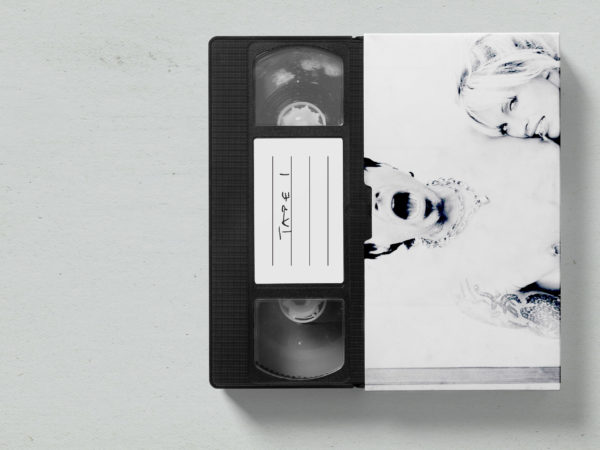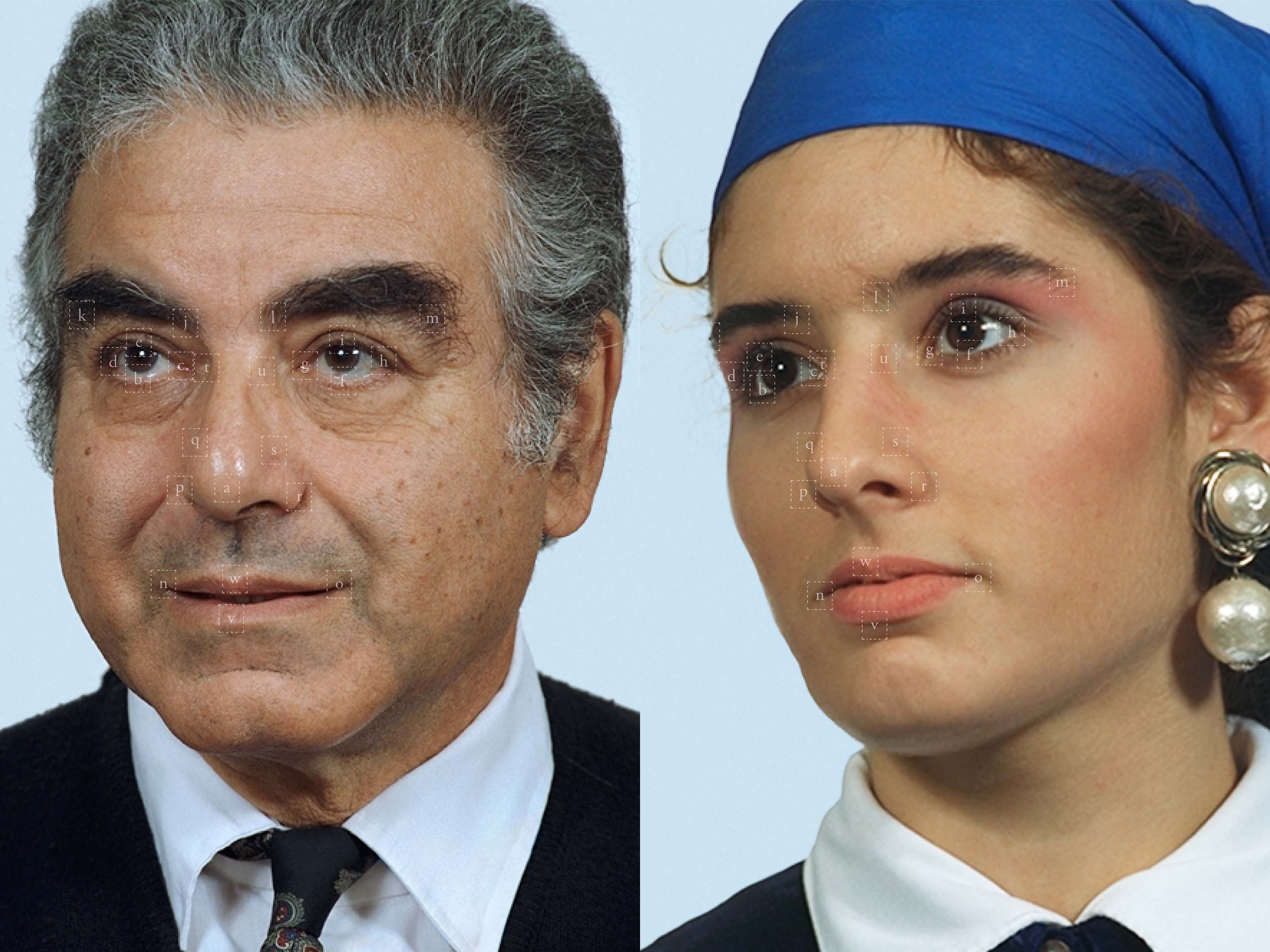Beate Geissler and Oliver Sann are both a couple and multi-media artist duo, collaborating since 1996. After a high frequency trading company threatened to sue them for their last book Volatile Smile, which features pictures of the desks of stock traders, they found new ways of resisting; articulating censorship in an exhibition by obscuring the questionable images with black paint—transforming oppression into art. Geissler and Sann sat down with Document to discuss their recent exhibition shown at Cindy Rucker Gallery.
JUSTIN POLERA—Can you talk a little bit about your dual practice and how and why you started to collaborate?
BEATE GEISSLER & OLIVER SANN—Our work concentrates on inner alliances of knowledge and power, their deep links in western culture and the escalation in and transformation of human beings through technology. Our artistic research utilizes a variety of mediums: photography, video, installation, games, performances, internet-based work and books. On the threshold dividing document from created reality, on the border between factual occurrence and fictional bringing-into-being, our work scrutinizes the inherent idiosyncrasies of media. Within the collaborative space of an artist duo and interdisciplinary research, our work spans science, anthropology, sociology, philosophy, political science and contemporary art.
JUSTIN—Your work is inherently political, but it is not politics as we know it. Can you talk about the political in your work?
BEATE & OLIVER—I want to quote Andrea Fraser, when asked by Gregg Bordowitz, “What makes a work of art political?”, She replies, “…all art is political. The problem is that most of it is reactionary, that is, passively affirmative of the relations to power in which it is produced…” We both very much identify with this statement. It is a necessity for both of us to address the political in any form of artistic expression, that means we strive to rise the expressive to the level of consciousness. In our work we seek out the transformative power of art, simply in order to amplify the context in which it exists.
“Volatile Smile” investigated the impact of technology on systems of global commerce and it’s impact on our society. We looked into the mutual influence of real and cybernetic architecture.
JUSTIN—Can you explain a little bit about your intent or practice behind the project Volatile Smile, The Poodle’s Core?
BEATE & OLIVER—Volatile Smile is the continuation of our work on financial markets, electronic trading and high-frequency trading, entitled “volatile smile”. “Volatile Smile” investigated the impact of technology on systems of global commerce and it’s impact on our society. We looked into the mutual influence of real and cybernetic architecture. The exhibition came about because Cindy Rucker heard about our book project and it’s repercussions. She gave us the opportunity to find an artistic response to what had happened: Last year, after the book was published, one of the high-frequency trading companies that we took pictures at for the publication threatened to sue us. This is a company that makes 11 billion dollar revenue per annum. The very short version of this process is that we agreed not to show certain images in the future. So, we were left with questions: how do you visualize censorship and what to do with images you are actually not allowed to show anymore? We found that these questions were difficult to answer and it took us a while to find an approach. We eventually decided to replace those images either with images of poodles, or to paint over the original image. When experimenting in the studio with different colors, trying to black out or white out the relevant areas, everything felt too decorative. We learned through our experiments that a certain black lacquer (acrylic black), while concealing the entire image, also revealed outlines of the objects in the image and created a relief. The underlying image was seeping through. The poodles in the other set of images come from Goethe’s Faust I. Faust, the prototype of the modern man, is challenged by the devil. The devil, or Mephistopheles, approaches him disguised as a poodle and transforms in front of him into the diabolic self.
JUSTIN—You have engaged biological organisms as part of your recent exhibition. The biological was used a metaphor for technology, can you explain this juxtaposition?
BEATE & OLIVER—We are looking for metaphors of what the essence of technology is, which is an ongoing theme in our work. Take the slime mold for example. It has characteristics of an animal and fungi at the same time, but doesn’t technically belong to either of them. It is an ameba. The organism is fascinating in many ways. Crisis occurs for the slime mold if it’s not able to find food anymore. It forms agglomerations and starts to move like a snail to investigate new food sources. In order to reproduce they develop a fungi structure with spores using wind as transportation. Scientist started more recently to translate the movement of this organism into algorithms.
JUSTIN—In science experiments fail all the time, when do you consider your projects a failure?
BEATE & OLIVER—There are no boundaries or restriction to provide or fulfill objectivity. This is the unique thing about art, there is no right or wrong, not really a failure, or the failure turns into something new, into a test tube, into a flourishing ground.



























